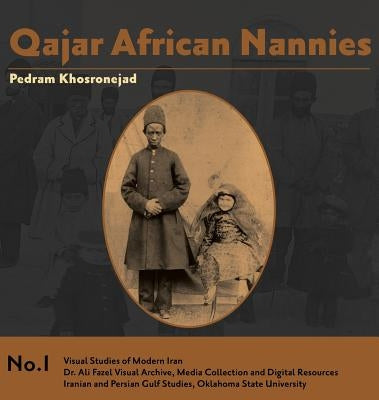Before you leave...
Take 20% off your first order
20% off
Enter the code below at checkout to get 20% off your first order
Discover summer reading lists for all ages & interests!
Find Your Next Read

The study of race and ethnicity should be considered as an overlooked subject in the field of Iranian photography. One of the important themes in this regard which requires special attention is photography of enslaved people in Iran during the Qajar period. Students of the field have not shown any particular interest in photography of the enslaved in general, nor of African slaves in particular. Therefore, photography of Africans enslaved during the last decades of the Qajar period (1860s-1920s) should be considered as a new topic in the field of visual studies of modern Iran.
Qajar photographs in which the presence of African slaves (children, women and men) can be observed were mostly taken by Nasser al-Din Shah inside his harem, or in his own studio. The remainder of such photographs were taken by court photographers inside the court, during the king's travels, or on other occasions and locations but outside the court.
This book is the first of its kind to use photographs of the Qajar period to prove the level of ability of the medium to document and simultaneously pathologise the history, culture, story, and maybe struggle of African slave communities in Qajar Iran.
Pedram Khosronejad has amassed an incredible collection of major interest to historians of slavery, Africanists, scholars of photography, anthropologists, and others.
Uniquely and collectively these affecting portraits of stone-faced, sad-eyed men, women and children tell poignant stories of loss, violent separations, and brutal dislocation. Those are their stories and, as is too often forgotten, also those of their families, who lost them forever.
Looking at the vanished world Pedram Khosronejad rescued from oblivion and forces us to confront should also lead us to learn about the resilient contemporary Afro-Iranian community and its place in today's society.
Dr. Sylviane A. Diouf, Director of the Lapidus Center for the Historical Analysis of Transatlantic Slavery, Schomburg Centre, New York, USA.
Thanks for subscribing!
This email has been registered!
Take 20% off your first order
Enter the code below at checkout to get 20% off your first order